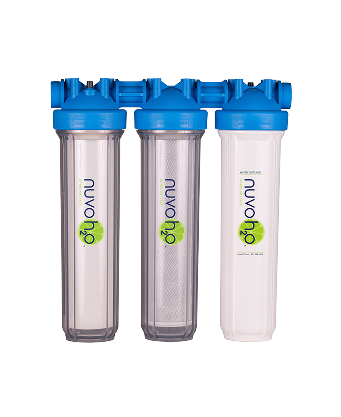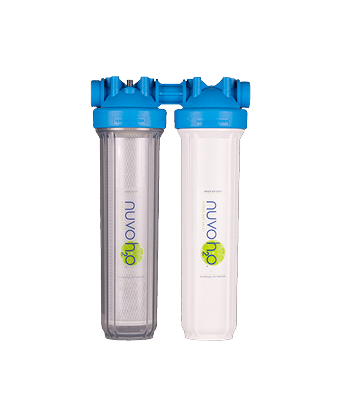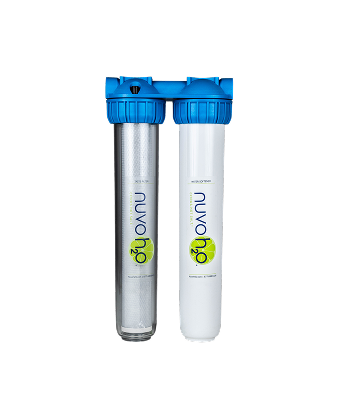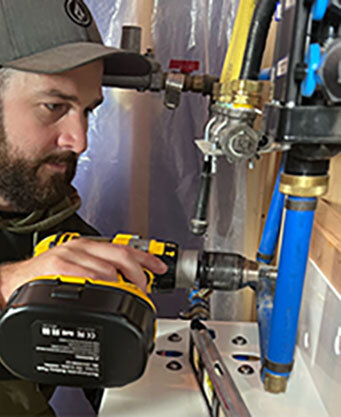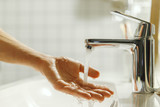
Plumbing Troubleshooting: Shower Pressure
24th Apr 2023
A refreshing shower after a long day is a great way to relax and rejuvenate. However, if you're experiencing low water pressure or inconsistent water temperature, it can quickly turn into a frustrating experience. In this blog post, our team at NuvoH2O will discuss some common plumbing troubleshooting techniques that you can use to improve your shower pressure. Learn more and reach out to us to find the best salt-free water softener for your home today!

Check for Clogs
One of the most common causes of low water pressure in a shower is a clogged showerhead. Over time, mineral deposits and sediment can build up inside the showerhead, restricting the flow of water. To check for a clog, remove the showerhead and inspect it for any visible buildup. If there is, soak the showerhead in a vinegar solution to dissolve the deposits, and then rinse it thoroughly with water before reattaching it.

Check for Leaks
Another possible cause of low shower pressure is a leak in the plumbing system. Leaks can occur in the pipes leading to the shower or in the shower valve itself. To check for leaks, turn off the water supply to the shower and then remove the showerhead and the shower arm. Turn the water supply back on and look for any visible leaks in the exposed pipes or valves. If you find a leak, it's important to have it repaired as soon as possible to avoid further damage.

Check the Water Pressure Regulator
If your home has a water pressure regulator, it's possible that it may be malfunctioning or set too low. A water pressure regulator is a device that controls the amount of pressure in your home's plumbing system. If the regulator is set too low, it can result in low water pressure throughout the home, including in the shower. To check the water pressure regulator, locate it near the main water supply valve and adjust it to a higher pressure setting if necessary.

Consider the Benefits of a Salt-Free Water Softener
Another possible cause of low water pressure in the shower is hard water. Hard water is water that contains high levels of minerals such as calcium and magnesium, which can build up inside your plumbing system over time, reducing water flow and pressure. A salt-free water softener from NuvoH2O can help prevent mineral buildup and improve water flow and pressure. Unlike traditional salt-based water softeners, which require regular maintenance and can produce wastewater, NuvoH2O's salt-free system requires no salt, electricity, or water waste.
If you're experiencing low water pressure in your shower, there are several possible causes that you can check for. By inspecting your shower head for clogs, checking for leaks in the plumbing system, adjusting the water pressure regulator, and considering the benefits of a salt-free water softener from NuvoH2O, you can improve your shower pressure and enjoy a more relaxing and satisfying shower experience. NuvoH2O's salt-free water softener can not only improve your shower pressure, but it can also help extend the life of your plumbing system and appliances by reducing mineral buildup. Get in touch with our team at NuvoH2O to find a salt-free water softener for your home today!

